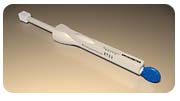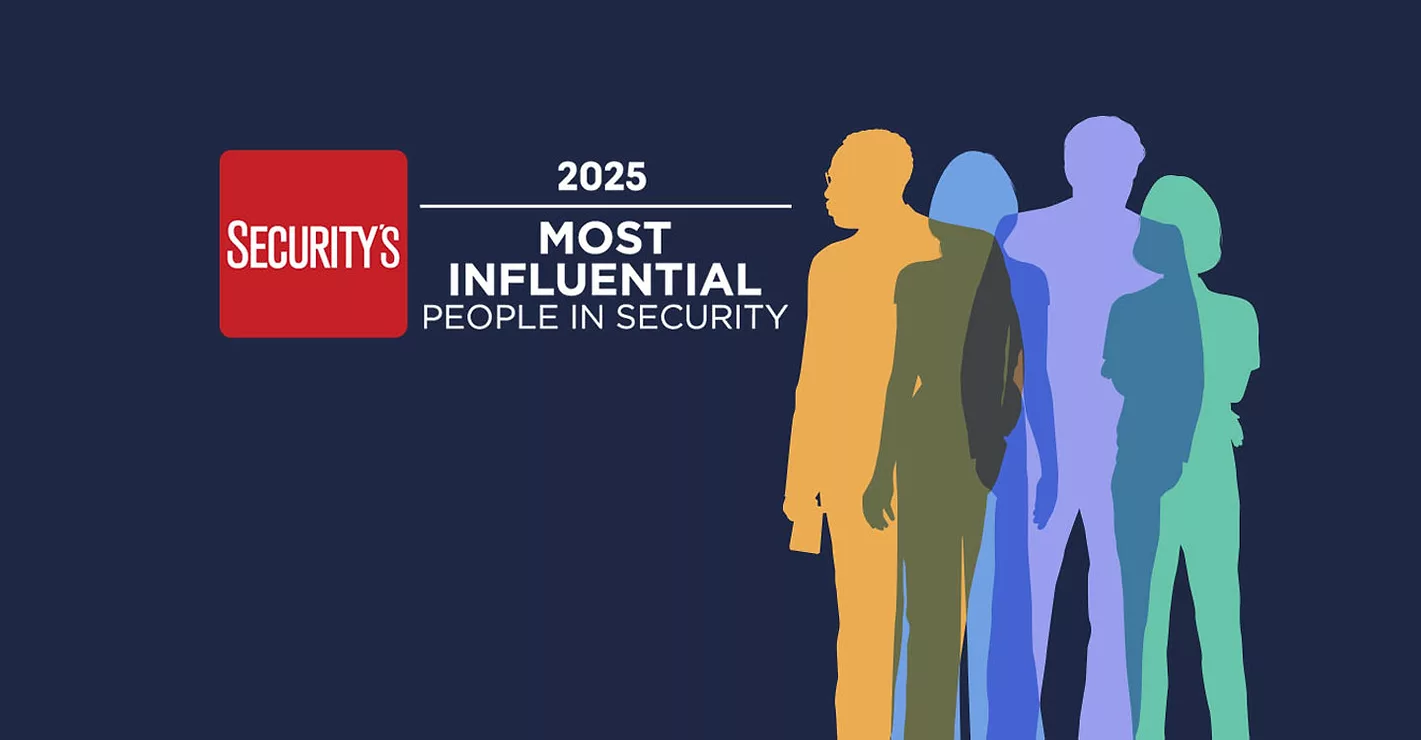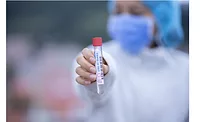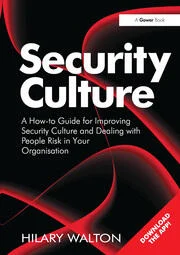SECURITY SERVICES: Mouthing Off for Drug Testing

Similar to a thermometer, oral drug testers only requires a few minutes in the applicant’s or employee’s mouth. It is less expensive per test and easier to administer, according to firms using the procedure.
The specter of an employee on drugs while at work haunts every employer. In the manufacturing industry, the consequences of employee drug use can be catastrophic. An employee high on drugs gets his or her hand tangled in a machine, or someone falls asleep on the job, and the whole product batch is ruined.
Robert Rivenburgh, human resources manager at Keymark Corp., Fonda, N.Y., was certainly on board with employee drug testing. The way he saw it, the company couldn’t afford to have employees on the job who were not fully capable of handling their duties.
The company, a producer of extruded aluminum shapes, had been drug testing employees using urine since 1998. But Rivenburgh was concerned that employees were adulterating the tests by using products that were easy to purchase on the Internet. In addition, administering the program was so cumbersome that it seemed too much of a bother. As a result, he was also concerned that the urine testing was not being administered correctly.
Rivenburgh didn’t question whether the company should do drug testing. The question was: How could he make a drug testing program work as effectively as possible?
Rivenburgh’s company operates a factory in multiple states with hundreds of employees. Drug testing is done on a pre-employment, random and reasonable cause basis. Arranging for employees to be drug tested was an administrative nightmare.
For each employee that was drug tested, lab time at the local hospital had to be scheduled, directions to the lab given to the employee and time off from the plant arranged. Employees weren’t expected to go for drug tests on their own time, thus the cost per test could easily exceed $100. Canceling lab appointments that could not be accommodated by an employee or chasing down the results also added to the frustration and cost.
In addition to existing employees, the company also required that job applicants be screened for drug use. This ensured that only clean, workers applied for jobs. But it also added to the burden of administering the drug testing program.
Until recently, the only way to drug test was by urinalysis. This needed to be done in a sanctioned lab and cost upwards of $75. In fact, testing for substances such as OxyContin, Vicodin or Ecstasy would increase the cost even more. But newer technologies have emerged that are better suited for employee drug testing.
Oral-based Testing
Rivenburgh decided to do some research. He looked for a different way of drug testing that would be easier to administer, harder to cheat and cheaper than the current urine testing program. He discovered that oral-based drug testing eliminated many of the drawbacks of lab-based urine testing while offering more effective results. Oral-based tests can detect substances that have recently been ingested as opposed to urine tests that require the body to metabolize the drug, a process that can take several hours. This was particularly reassuring to Rivenburgh as it would decrease the possibility that someone would use drugs during their break and then resume operating heavy machinery.He also discovered that his staff could be trained to administer the test and it did not require a bathroom. Furthermore, results are known in five to 15 minutes.
Rivenburgh decided to make the switch.
The company implemented Avitar Inc.’s Drugometer (Canton, Mass.). Similar to a thermometer, the tester only required a few minutes in the applicant’s or employee’s mouth. Rivenburgh was pleased that it would be less expensive per test and easier to administer, but more importantly, oral on-site testing would be more effective as a deterrent to drug abuse in the workplace.
Rivenburgh could tell right away that the program was working. When job applicants were told that they would be tested on site, it was clear who was going to pass the test by the look on his or her face. This kind of interaction was very important to Rivenburgh when he made a new hire decision.
In addition, the company’s prior drug testing program regularly had a 20-30 percent positive rate. With the new tester, that number dropped to almost zero.
Looking for a reprint of this article?
From high-res PDFs to custom plaques, order your copy today!






